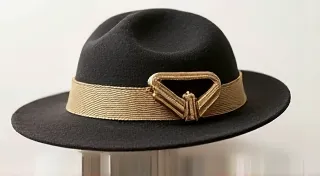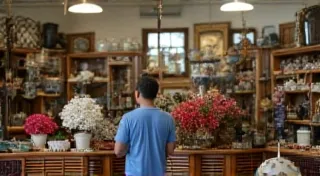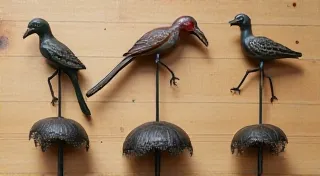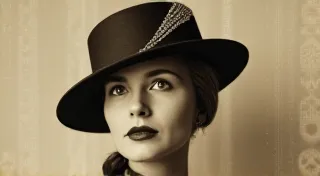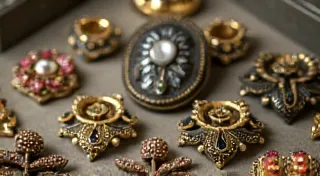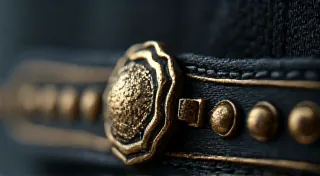Caring for Your Antique Hat Pin Collection: Preservation Tips
Your antique hat pin collection is a treasure – a tangible link to a fascinating era of fashion and artistry. But like all delicate antiques, hat pins require specific care and attention to ensure their longevity and prevent damage. This guide provides practical advice on how to properly care for and preserve your collection, allowing you to enjoy them for years to come. Before you start caring for them, you might want to learn a bit more about the fascinating world of antique hat pins – especially if you’re a beginner. Consider checking out a beginner's guide to identifying antique hat pins to get a better understanding of the types of pins you own.
Understanding the Materials & Potential Issues
Before diving into cleaning and storage, it's vital to understand the materials your hat pins are made of. Common materials include:
- Precious Metals: Gold, silver, and other precious metals are susceptible to tarnish.
- Base Metals: Nickel, brass, and other base metals can corrode.
- Glass & Porcelain: These materials can be fragile and prone to chipping.
- Ivory & Bone: Require specific handling due to their organic nature.
- Fabric & Textiles: Often used for decoration and are vulnerable to fading and deterioration.
- Semiprecious Stones & Glass Beads: Can be brittle and loose over time.
Each material requires a slightly different approach to preservation. Ignoring this can cause irreversible damage. Many collectors find their pins at estate sales and auctions, so knowing what you’re looking for is crucial. You might find some valuable pieces, but be prepared to do some research!
Gentle Cleaning Techniques
Regular cleaning is important, but harsh chemicals and abrasive techniques are your hat pins’ enemies. Here’s a breakdown of safe cleaning methods:
For Metal Pins (Gold, Silver, Base Metals)
Gentle Soap & Water: The safest method is often the best. Mix a few drops of mild dish soap in lukewarm water. Use a soft-bristled brush (like a baby toothbrush) to gently clean the pin. Rinse thoroughly with clean water and pat dry with a soft, lint-free cloth.
Silver Polish (Used Sparingly): For tarnished silver pins, use a silver polish specifically designed for antiques. Apply a tiny amount with a cotton swab, following the product's instructions. Avoid getting polish on any delicate decorations. Rinse completely.
Base Metal Corrosion: Base metals are prone to corrosion, which appears as a greenish or brownish film. This is difficult to remove completely. A gentle soak in distilled white vinegar can sometimes help, but test this on an inconspicuous area first. It's a good idea to be aware of common designs – some hat pins feature popular motifs like flowers or animals. Recognizing these can help you identify the materials used and understand their potential issues.
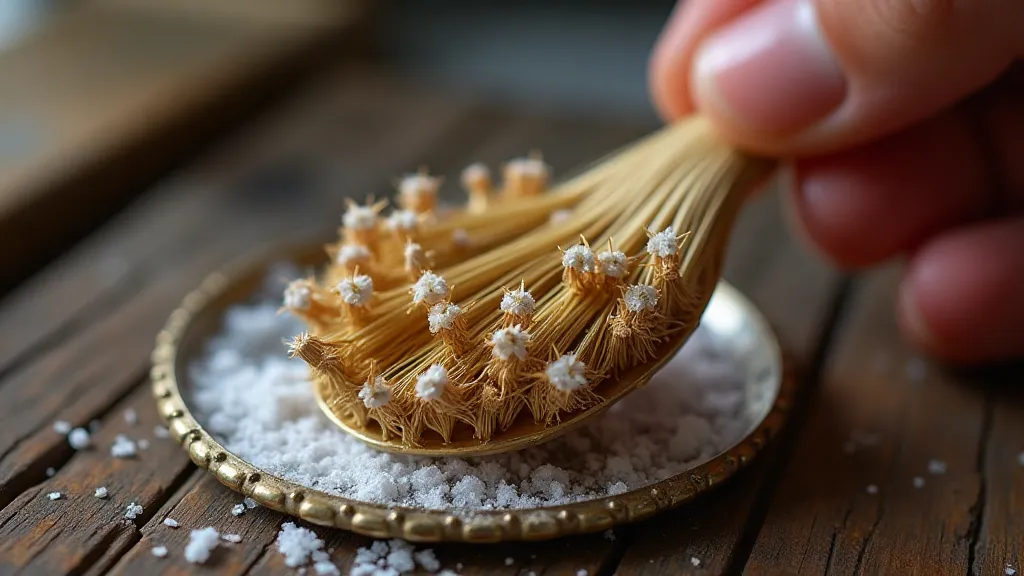
For Glass & Porcelain Pins
Dust these pins regularly with a soft cloth. Avoid immersing them in water, as this can weaken the adhesive holding any decorations in place.
For Pins with Ivory or Bone
Ivory and bone are organic materials and require careful handling. Avoid exposure to direct sunlight and humidity. Regular dusting is sufficient. Do not attempt to clean these pins with water or solvents.
For Pins with Textiles
Vacuum gently with a brush attachment to remove dust. Store these pins carefully to prevent snagging or crushing. The designs on these textile pins, like the popular animal and flower motifs, can tell you a lot about the era they come from.
Proper Storage is Key
How you store your hat pin collection is just as important as how you clean them. Improper storage can lead to damage and deterioration. Collectors often acquire their pieces at estate sales and auctions, but proper storage is essential to maintain their value and condition.
- Individual Storage: Each hat pin should be stored individually to prevent scratches and tangling.
- Acid-Free Materials: Use acid-free boxes, sleeves, or tissue paper. Acidic materials can corrode metal and damage delicate decorations.
- Protective Cases: Consider storing your most valuable hat pins in custom-made display cases or shadow boxes.
- Stable Environment: Store your collection in a cool, dry, and dark environment. Avoid areas with extreme temperature or humidity fluctuations.
- Away from Sunlight: Direct sunlight can fade colors and damage materials.
The materials used in hat pins—gold, silver, glass, ivory, textiles—all respond differently to environmental conditions. For example, mourning hat pins crafted from jet and black glass require special care due to the nature of those materials.
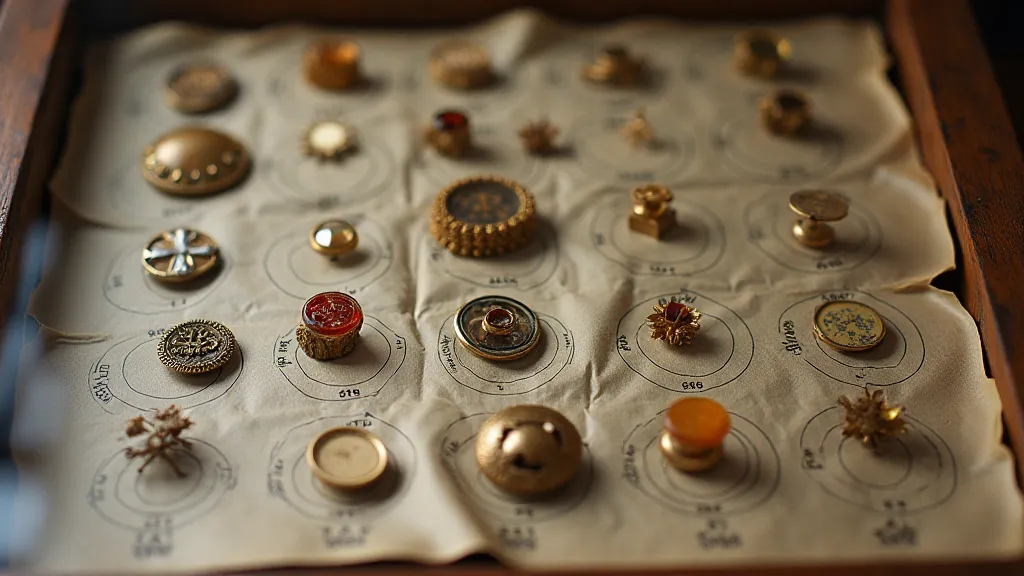
Regular Inspection
Make it a habit to inspect your hat pin collection regularly, at least once a year. Look for signs of damage, such as cracks, loose decorations, or corrosion. Addressing minor issues early can prevent them from escalating into major problems.
Seeking Professional Help
For particularly valuable or fragile hat pins, consider seeking the advice of a professional antique conservator. They can provide specialized cleaning and restoration services. Understanding the common designs and materials will help you determine if professional help is necessary.
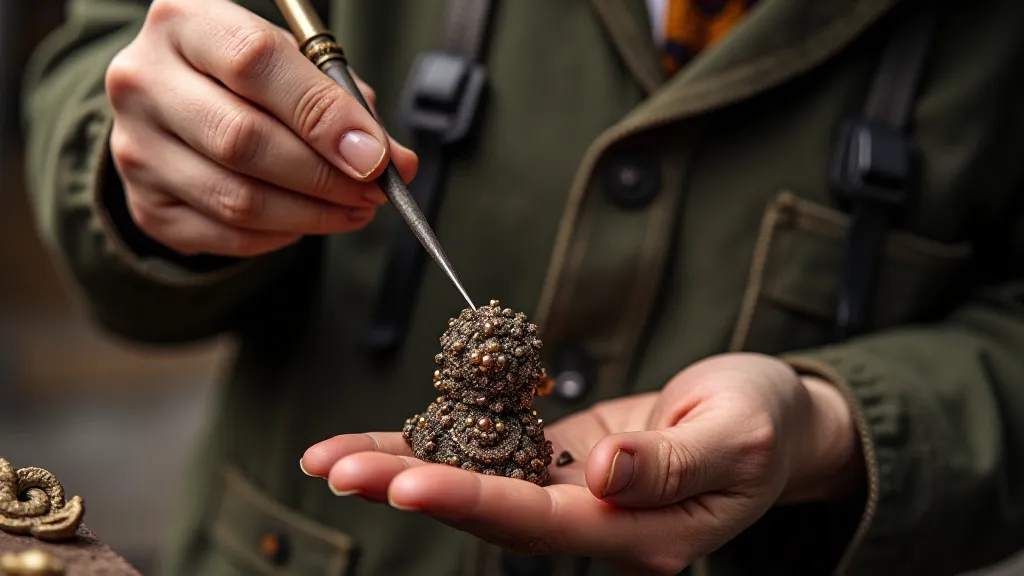
Caring for your antique hat pin collection is an investment—an investment in preserving a piece of history. By following these care and preservation tips, you can ensure that your collection remains a cherished heirloom for generations to come. Enjoy the beauty and history they represent!
